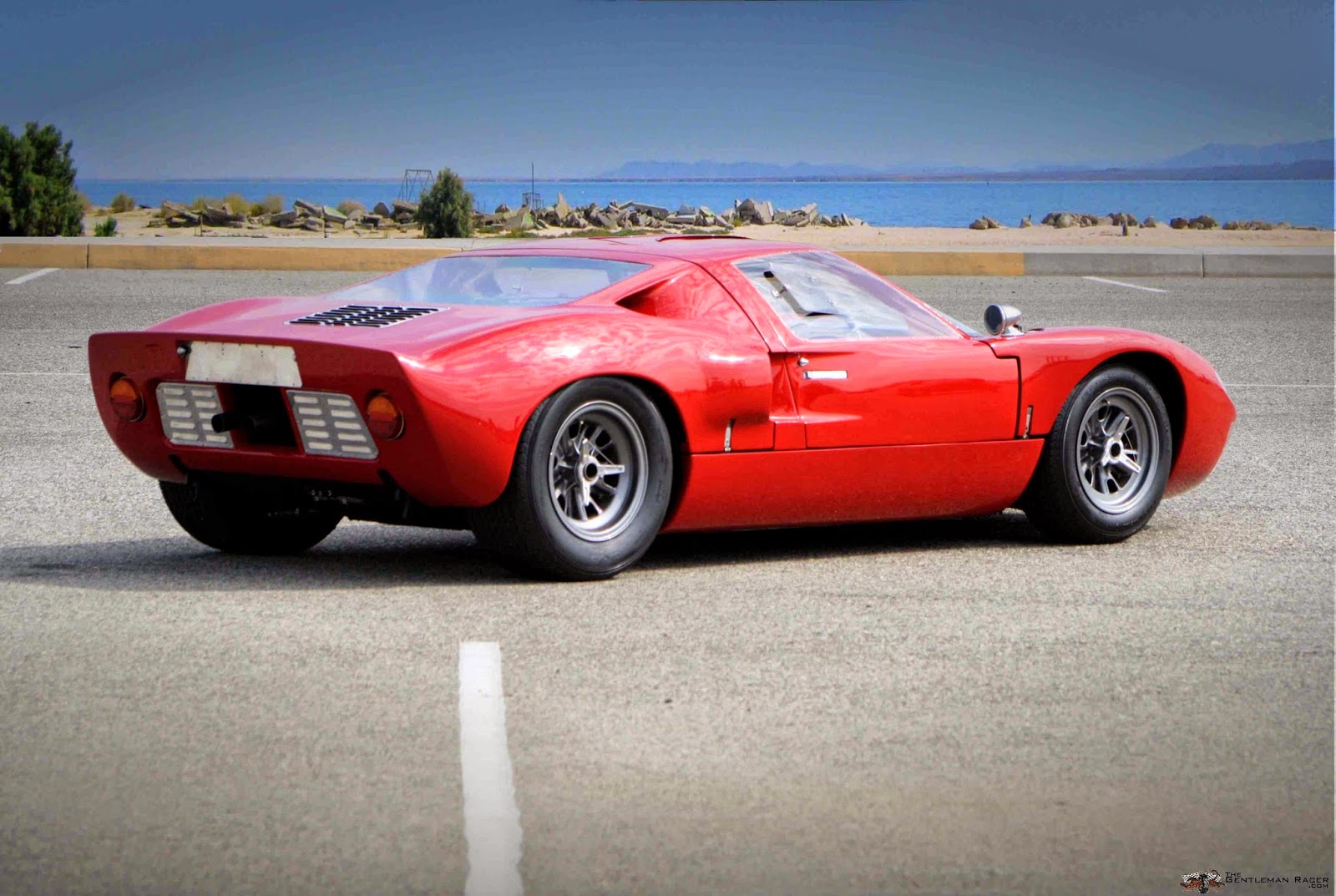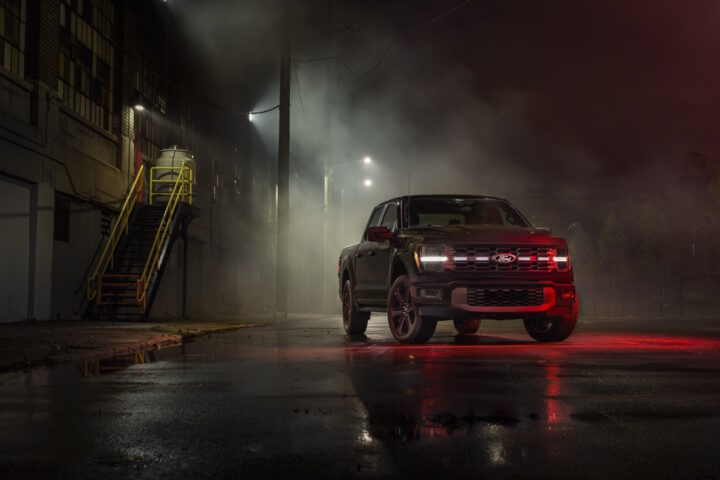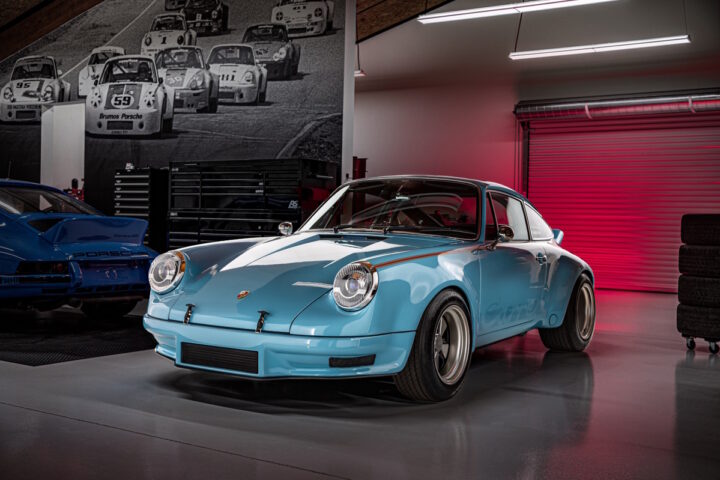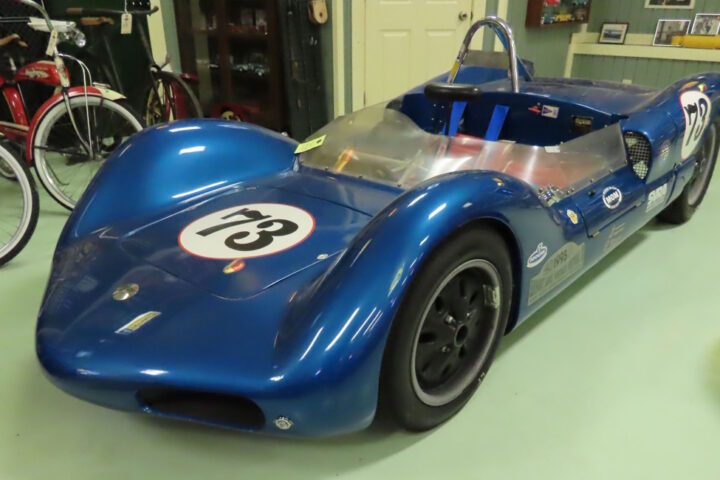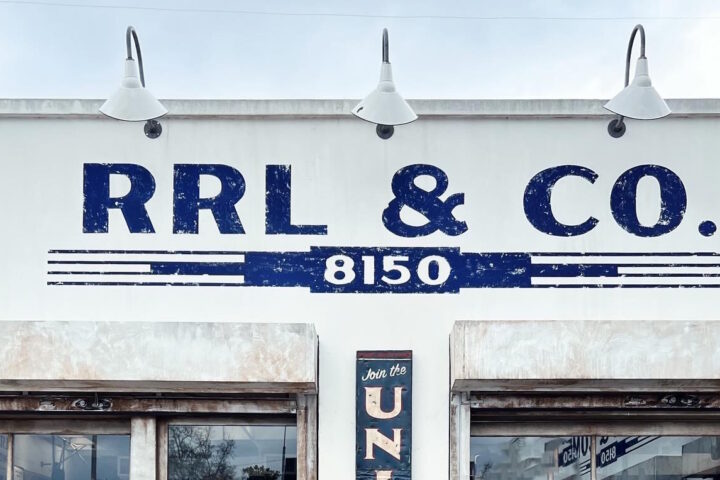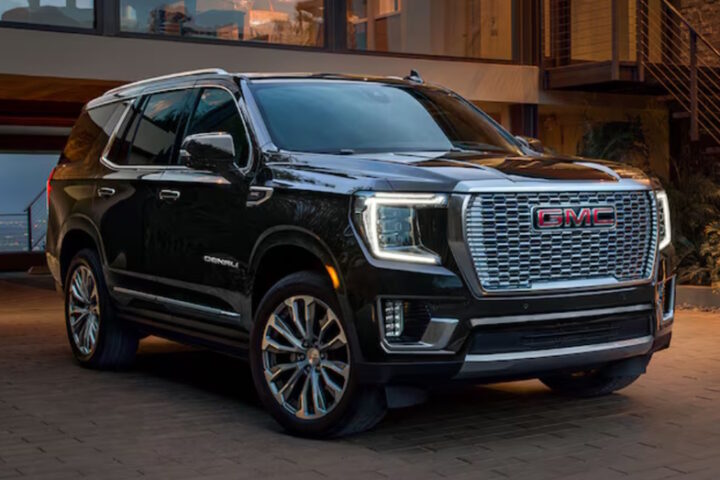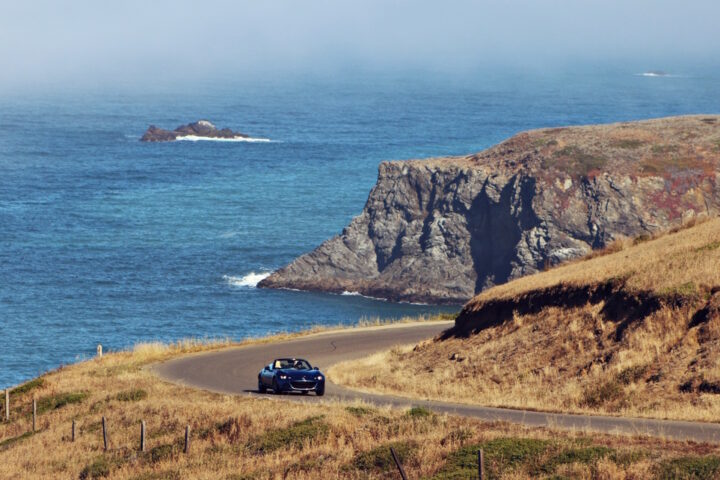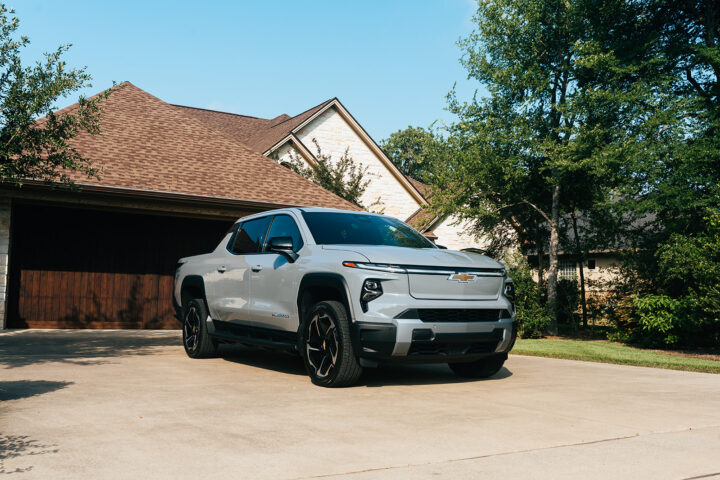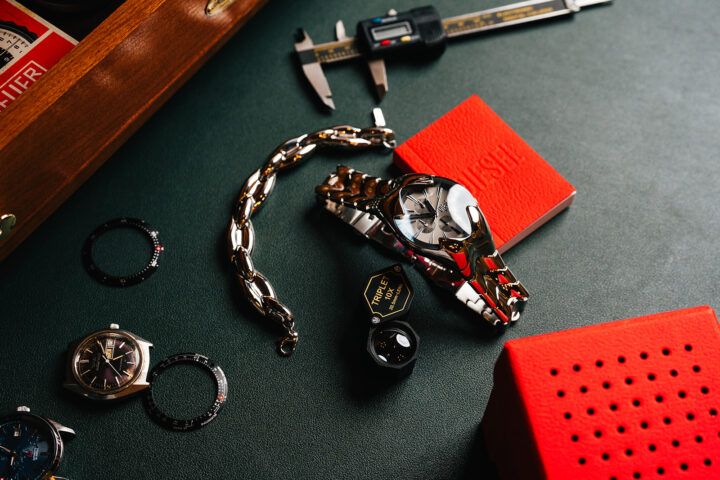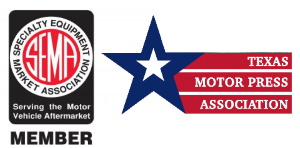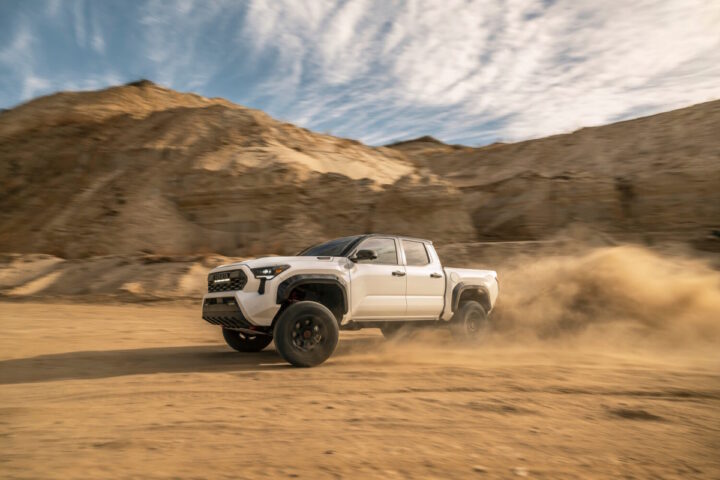What began as a failed business deal ignited one of racing’s greatest rivalries. Inside the high-stakes drama, engineering brilliance, and sheer American grit that led to the creation of the Ford GT40, and the moment Carroll Shelby made it immortal.
In the spring of 1963, Henry Ford II stood on the brink of rewriting motorsports history, not by design, but by insult.
Word had reached Dearborn that Enzo Ferrari, the enigmatic patriarch of Italian speed, was willing to sell his iconic company to the Ford Motor Company. For Ford, still basking in post-war industrial dominance, acquiring Ferrari wasn’t just a bold business move; it was a crown jewel, a ticket to instant legitimacy in European racing.
The Blue Oval threw its considerable weight behind the deal. Millions were poured into audits, lawyers, and late-night transatlantic calls. And for a fleeting moment, it looked like the prancing horse would run under American colors. But at the final hour, Enzo pulled the plug. The sticking point? Control, specifically over Ferrari’s racing division. Enzo refused to relinquish his motorsport empire to a boardroom in Michigan, and the moment the contract’s language suggested otherwise, he stormed out of negotiations.
Ford had been humiliated. Henry Ford II reportedly said, “We’ll beat his ass. We’re going to Le Mans.”
And so began the most expensive revenge mission in motorsport history, the story of Ford vs. Ferrari.
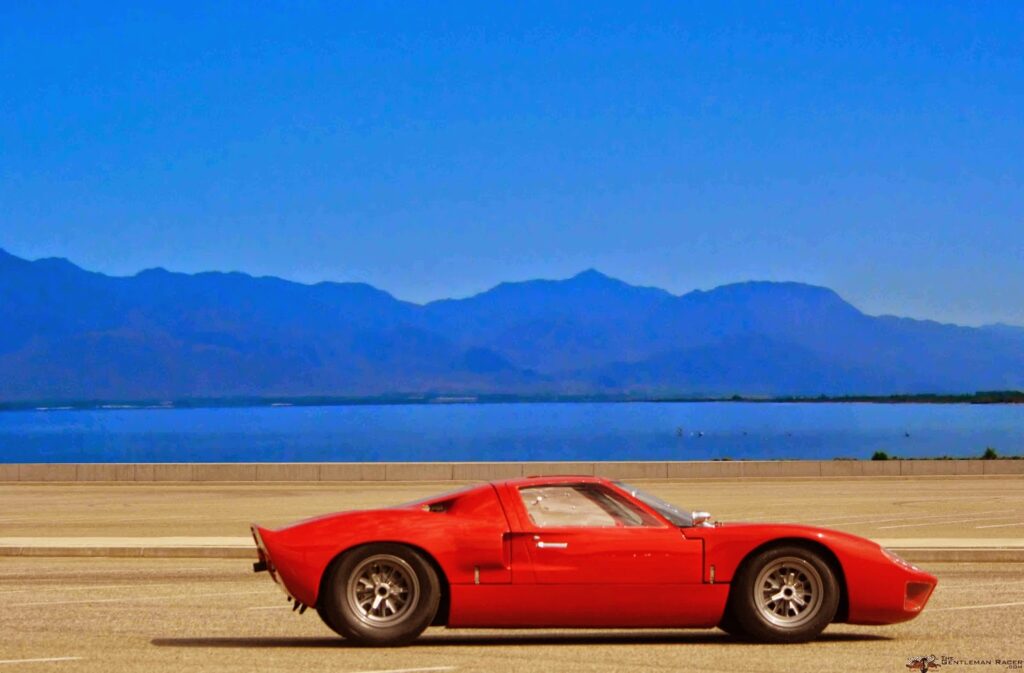
GT40 A Rivalry Forged in Fury
The charge was led by Ford’s internal racing braintrust: Harley Copp, Roy Lunn, and Eric Broadley of Lola Cars. Working initially from the Lola factory in Bromley, the GT40 project was born. By the end of 1963, Ford Advanced Vehicles was formally established under the direction of former Aston Martin team manager John Wyer. The car was ambitious, beautiful, and deeply flawed.
Meanwhile, across the Atlantic, a Texas chicken farmer-turned-racer named Carroll Shelby had other ideas.
Fresh off success with his brutish Cobra roadsters, Shelby was already drawing a bead on Ferrari in the FIA World Championship. His secret weapon? The aerodynamic Shelby Daytona Coupe was lighter, leaner, and faster than anyone expected. In 1965, it would deliver America its first World Manufacturers’ Championship.
But Ford had its sights set higher: the 24 Hours of Le Mans.
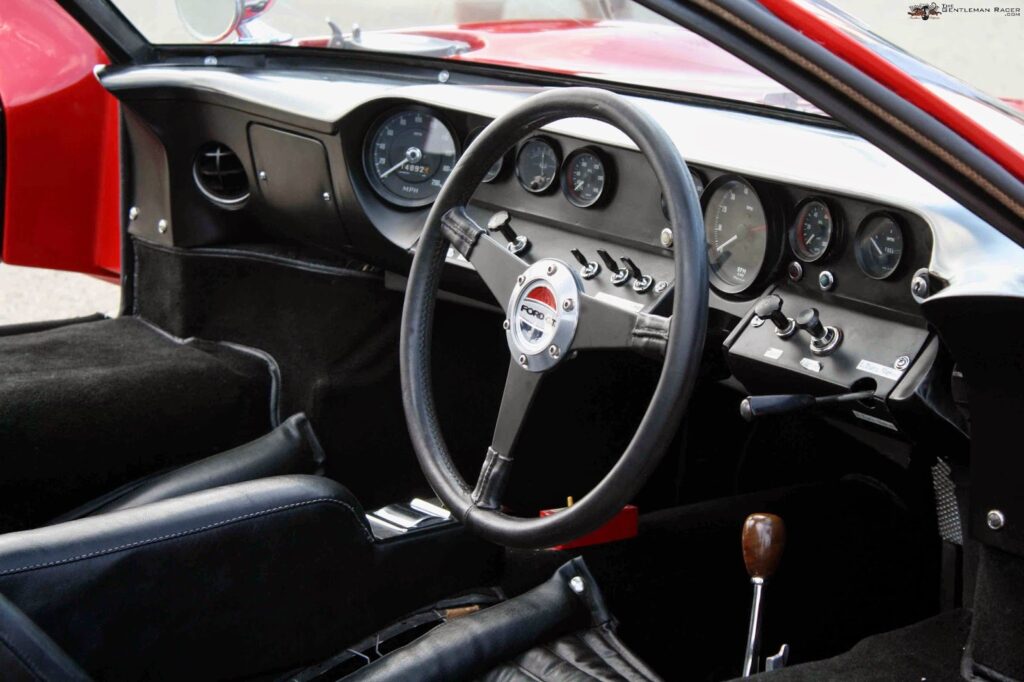
Trouble in France
The GT40 made its competitive debut at the 1964 Nürburgring 1000km. It showed promise early, holding second place, before suspension failure ended its run. A few weeks later at Le Mans, it was an all-out disaster. All three GT40 entries dropped out due to mechanical issues. Ford’s high-dollar grudge car couldn’t even finish the race.
Frustrated, Ford turned to the one man who had already proven he could tame wild machines: Carroll Shelby. After the 1964 season-ending Nassau Speed Week, Ford shipped the GT40s directly from the Bahamas to Shelby’s small but scrappy shop in Los Angeles.
That decision changed everything.
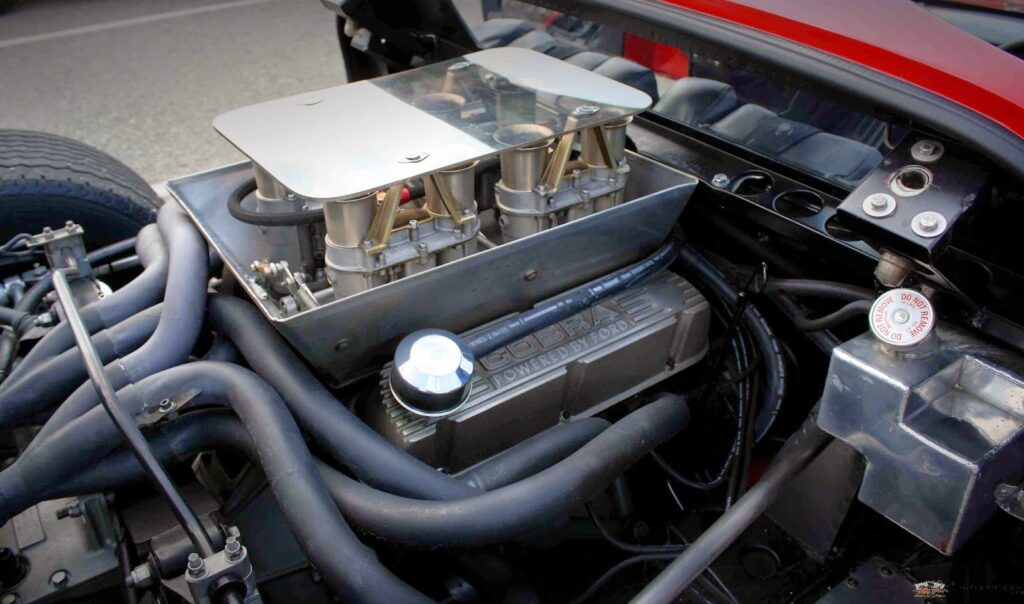
Shelby, Miles, and American Muscle
Carroll Shelby wasn’t interested in committee design. He tore into the GT40 with a racer’s intuition, simplifying, strengthening, and strategizing. At the 1965 Daytona 2000, Ken Miles and Lloyd Ruby piloted a Shelby-prepped GT40 to its first win, beating Ferrari on American soil.
The rest of the 1965 season was a mixed bag, but every race was a classroom. Ford learned what broke. Shelby learned how to fix it.
By 1966, the GT40 Mk II was a different beast entirely. Bigger V8s. Bulletproof drivetrains. American muscle wrapped in British design. And at the 24 Hours of Le Mans, it all came together.
Ford didn’t just win. They dominated. A clean sweep: first, second, and third. Ferrari was left in the dust, and the GT40 was enshrined as an icon of American perseverance and audacity.
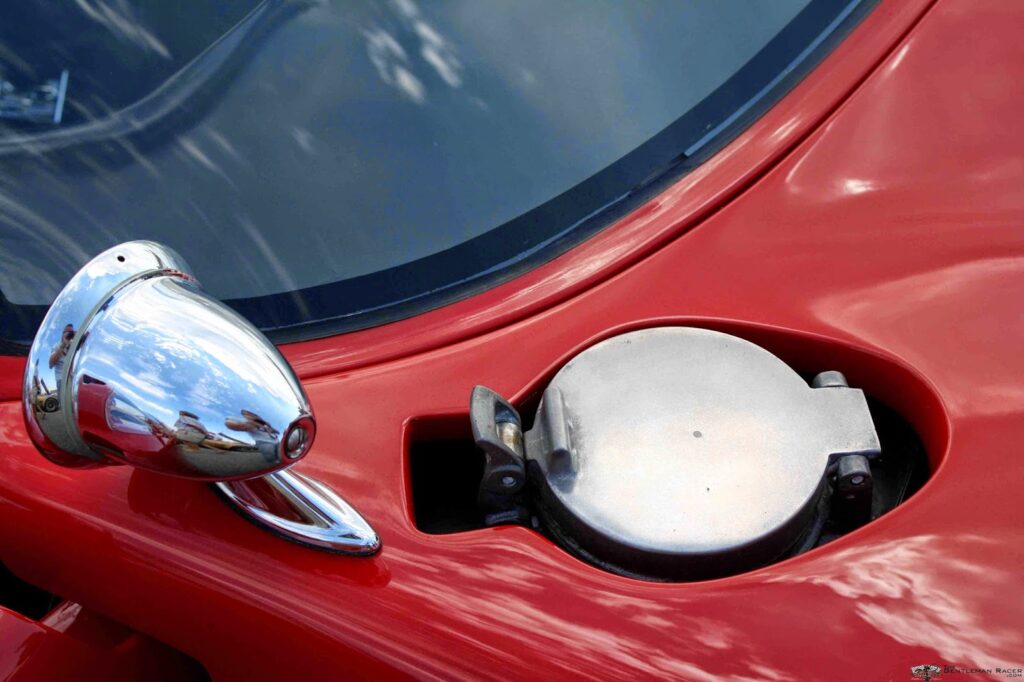
Legacy of a Vendetta
The Ford-Ferrari rivalry gave the world one of the most dramatic chapters in motorsport, not because of the technology alone, but because of the egos, the heartbreak, and the obsession to win at any cost.
In the end, it wasn’t just about Le Mans. It was about pride, legacy, and proving that American ingenuity could conquer the old guard of Europe on their own hallowed ground.
And Carroll Shelby? He didn’t just win a race. He rewrote the rules.
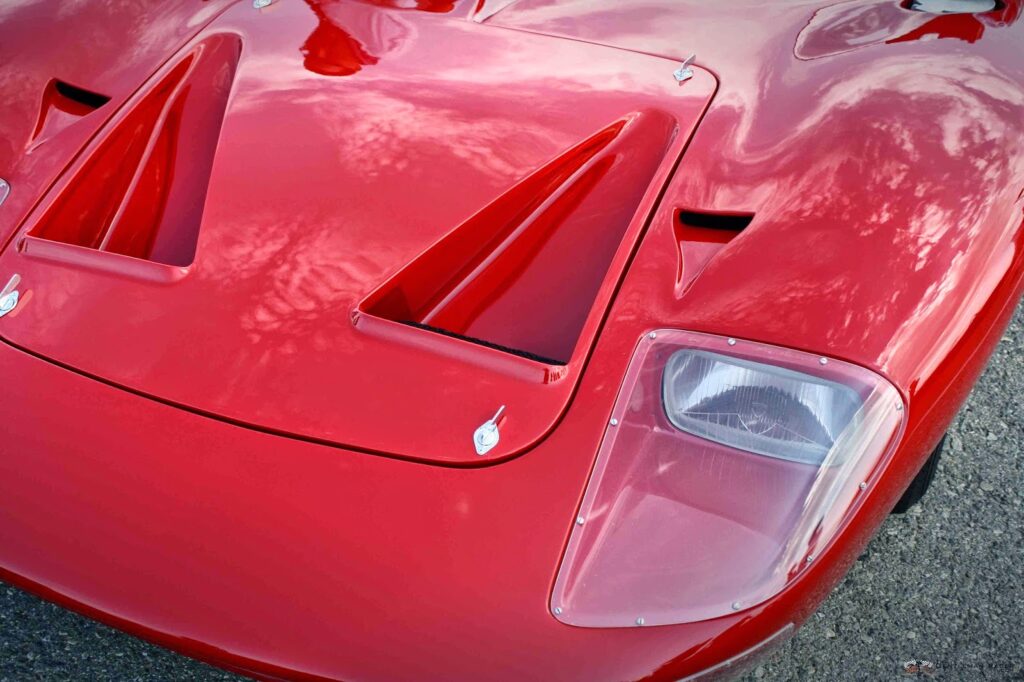
5 Things You Didn’t Know About the GT40 Program
1. The GT40 Name Was Literal
The “GT40” name wasn’t a marketing invention; it was a technical detail. The car’s roofline measured just 40 inches from the ground, a necessity to meet FIA height regulations and reduce drag. Drivers practically had to be folded in half to fit inside.
2. It Wasn’t Entirely American
While the GT40 became a symbol of American racing muscle, its DNA was international. The original chassis was based on the Lola Mk6, designed in the UK. The early cars were even built in England at Ford Advanced Vehicles in Slough before Shelby took over the program stateside.
3. The First GT40s Were Disasters
Ford’s initial GT40 efforts were plagued by reliability issues. In 1964, all three cars entered at Le Mans failed to finish. From cooling system failures to transmission breakdowns, it was a mechanical nightmare until Carroll Shelby reengineered the program with racer-first intuition.
4. Ken Miles Was Nearly Erased from History
Ken Miles, who co-drove the winning car at the 1966 Daytona and Sebring races, was on track to win Le Mans that same year. But a controversial team order forced him to slow down for a staged photo finish. He ended up second, despite crossing the finish line first.
5. The GT40’s Final Le Mans Victory Came After the Program Was Canceled
By 1969, Ford had officially pulled out of the GT40 program. But privateer team John Wyer Automotive kept running the cars. Against all odds, they won Le Mans one final time in 1969 with drivers Jacky Ickx and Jackie Oliver, cementing the GT40’s place in endurance racing lore.

